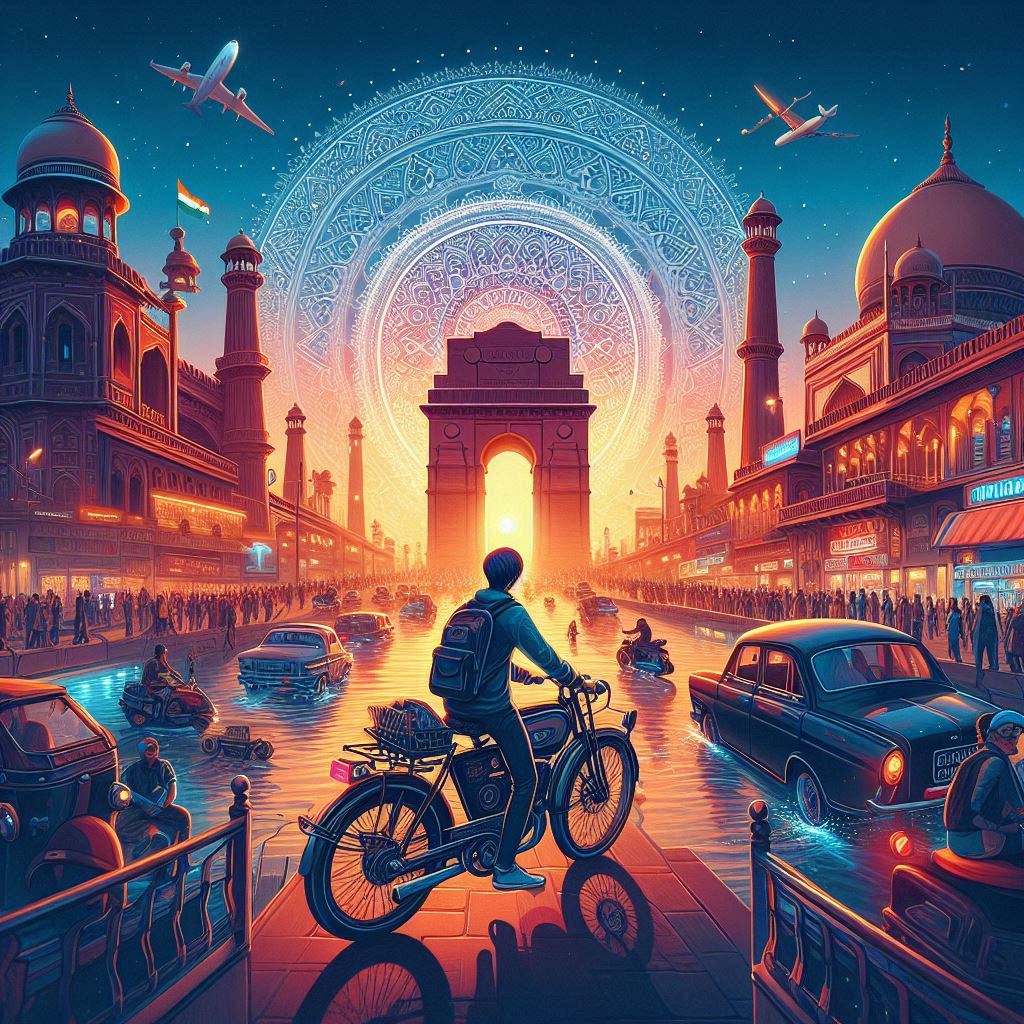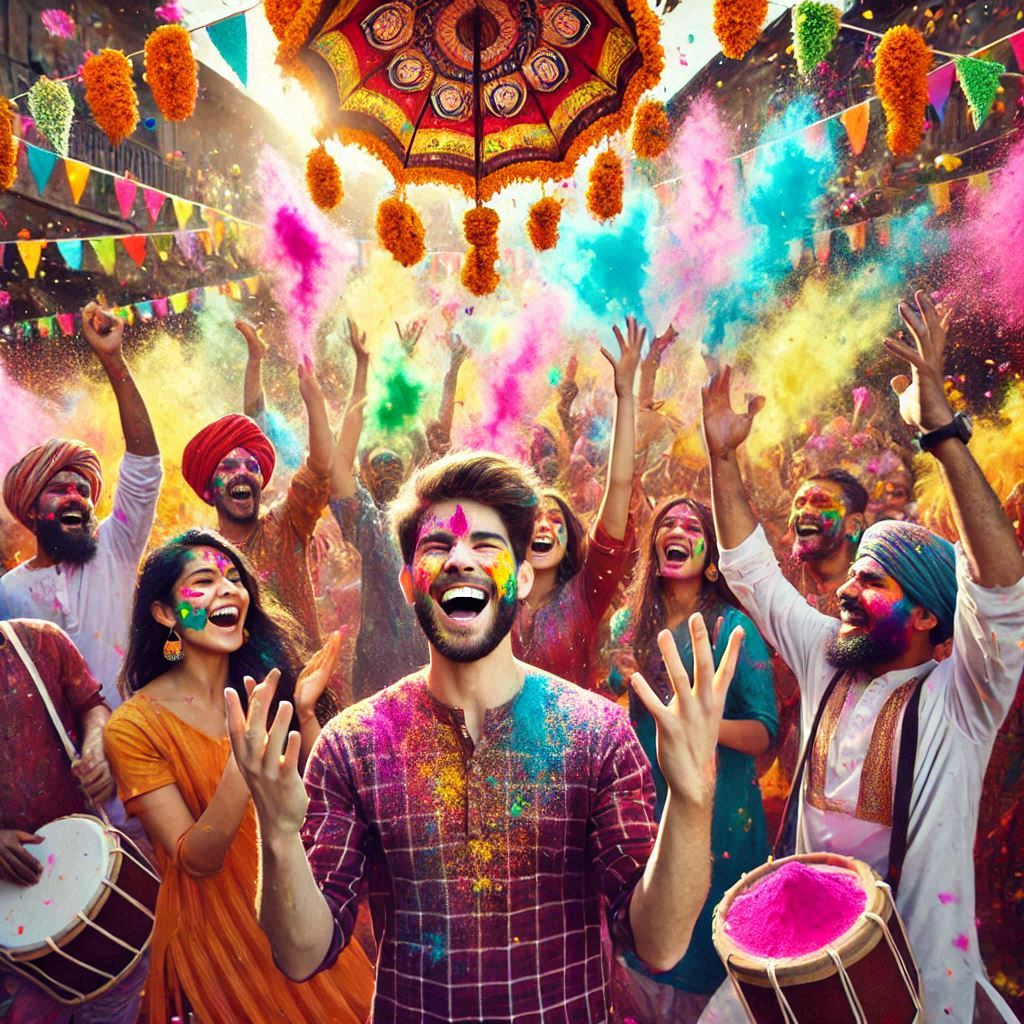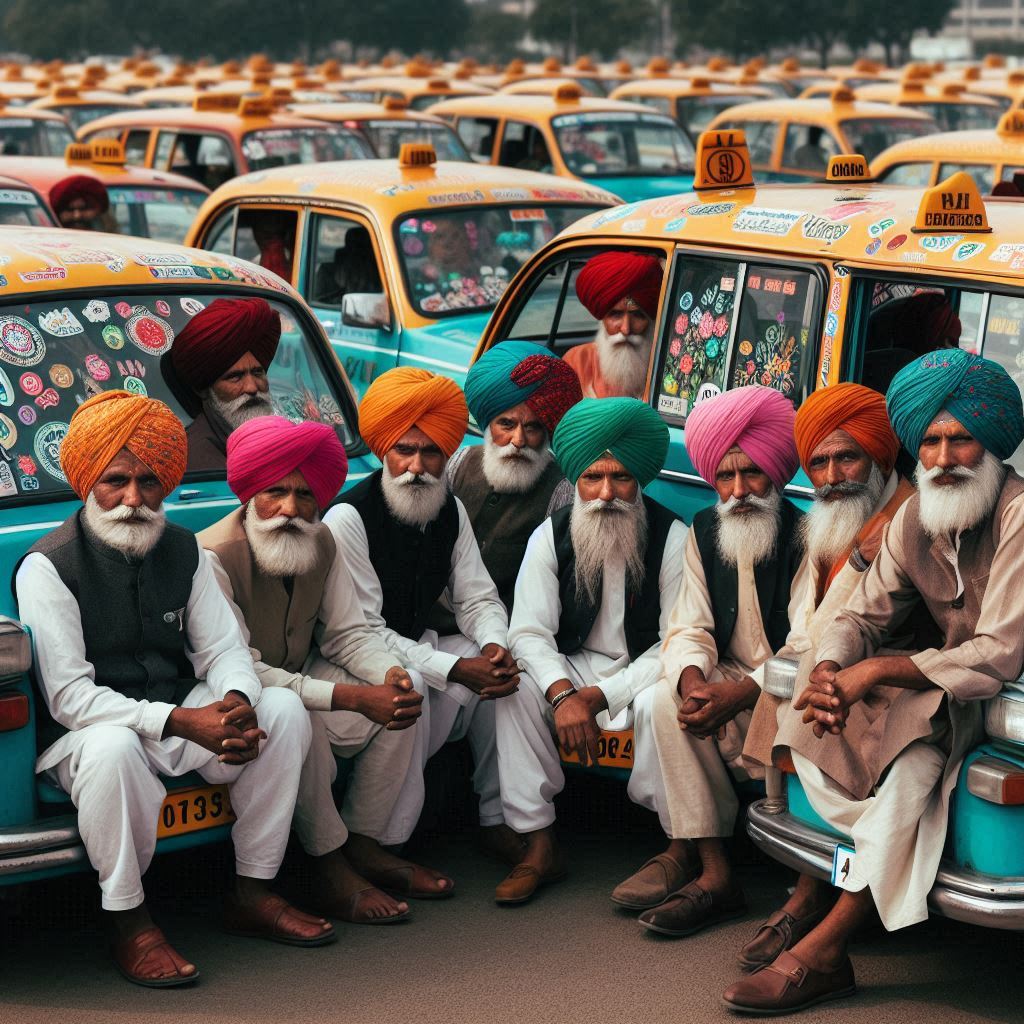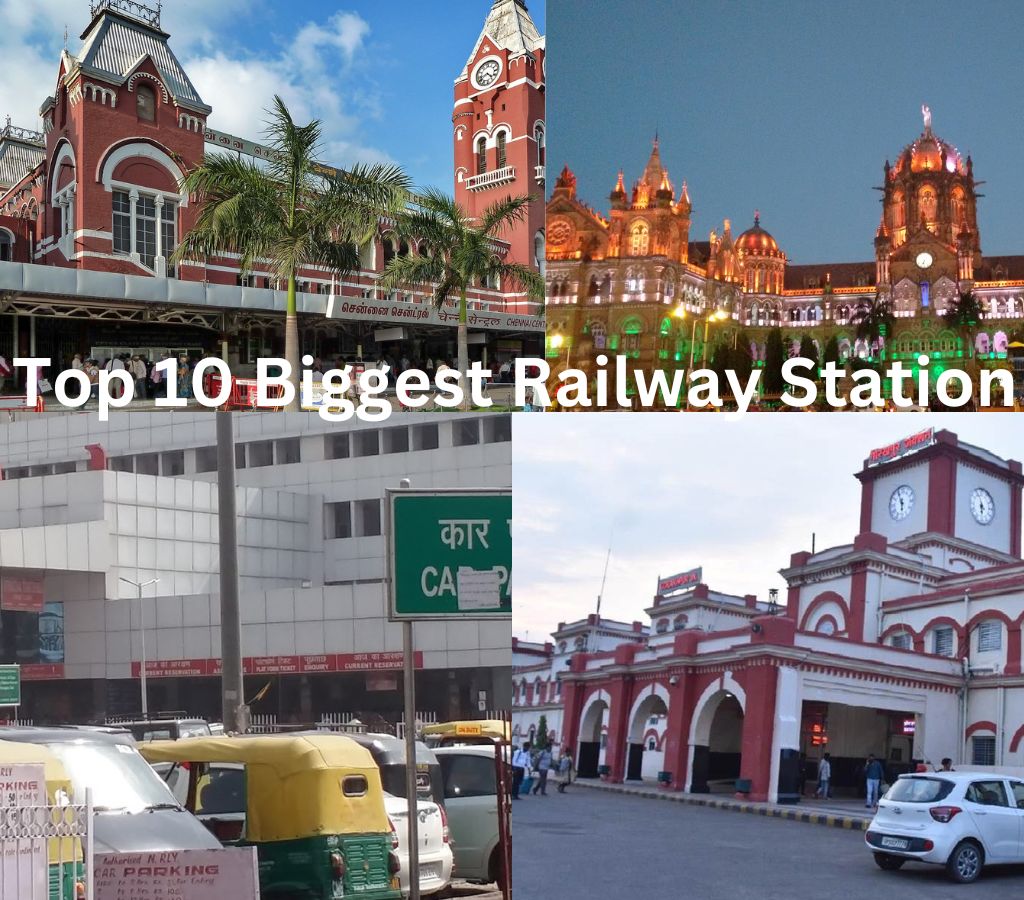Top 10 Biggest Railway Station in India
To travel from place to place, everyone must have a vehicle. From the olden days to the present, human beings have been discovering much about transportation. In that case, the train today acts as a fine mode of transport that also comes at an affordable cost compared to luxury buses or flights. Above everything, India, which is the land of culture, also accommodates the pride related to big railway stations. In this post, you will learn about Top 10 biggest railway station in India:
Howrah Junction, Kolkata:
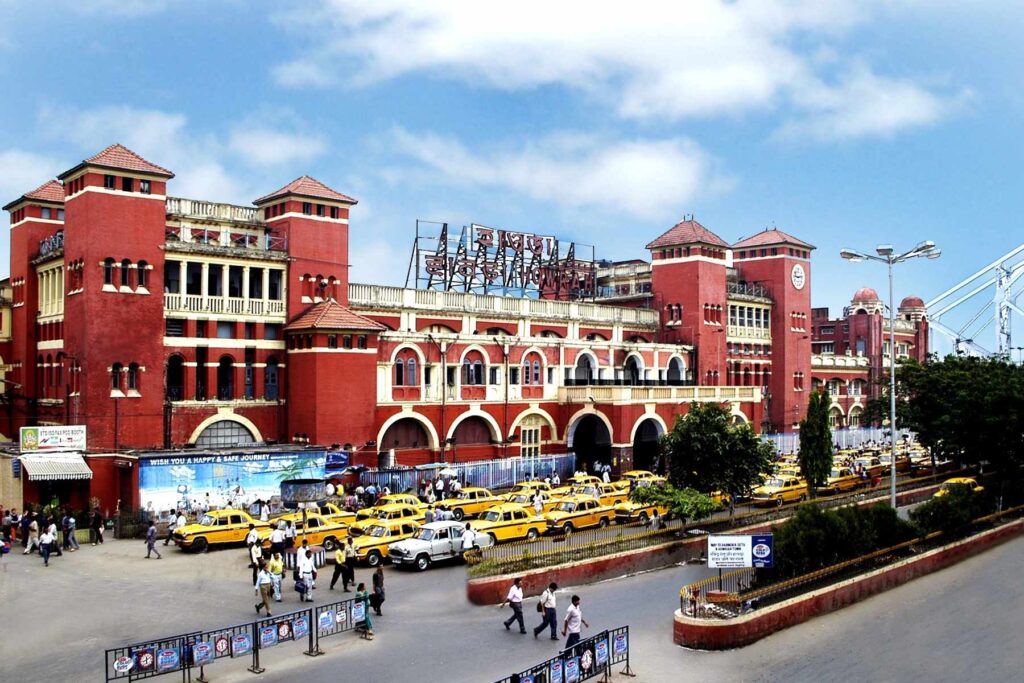
One of India’s oldest railway stations, established in 1854, is also one of the busiest in the country. The station’s enormous shape accommodates many trains and people at once.
Howrah Junction is the biggest railway station in India, which is situated on the west bank of the Hooghly River in Kolkata and has 23 platforms and 26 tracks.
Passengers find the junction too large, making it difficult to move their luggage from platform to platform, but because of the station’s many amenities, the junction meets their needs in full.
Highlights:
| Platforms in the station | Twenty-Three |
| Code of the station | HWN is the code |
| Location of the station | Howrah, West Bengal, India |
| Launched in the year | 1854 |
Mumbai Central:
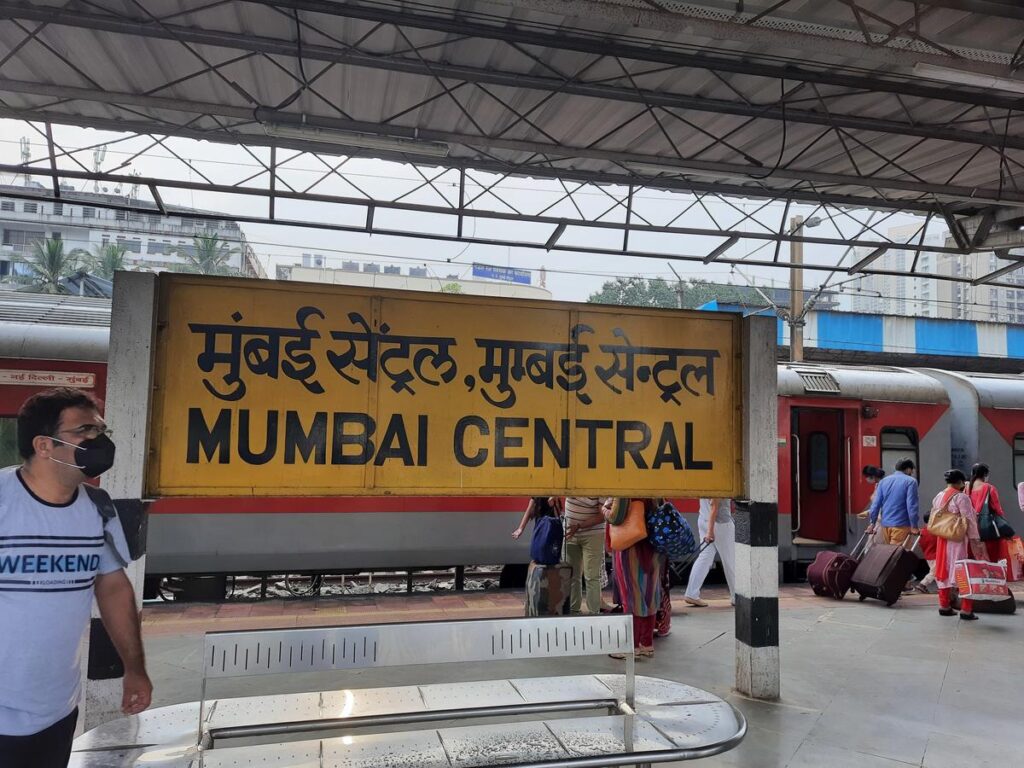
It is the primary station of Mumbai. It is the main terminus for several long-distance trains, including the well-known Mumbai Rajdhani Express. When you look at the biggest railway junction in India list, Mumbai Central will top the list.
It acts as both local and intercity expresses with the advantage of separate railway lines. Bombay Central was the station’s name until 1997 when Bombay was changed to Mumbai.
Highlights:
| Platforms available in the station | Nine |
| Code of the station | MMCT |
| Location Of The Station | South Mumbai |
| Launched in the Year | 1930 |
Also Read: Top 10 International airport in India
Sealdah Junction:
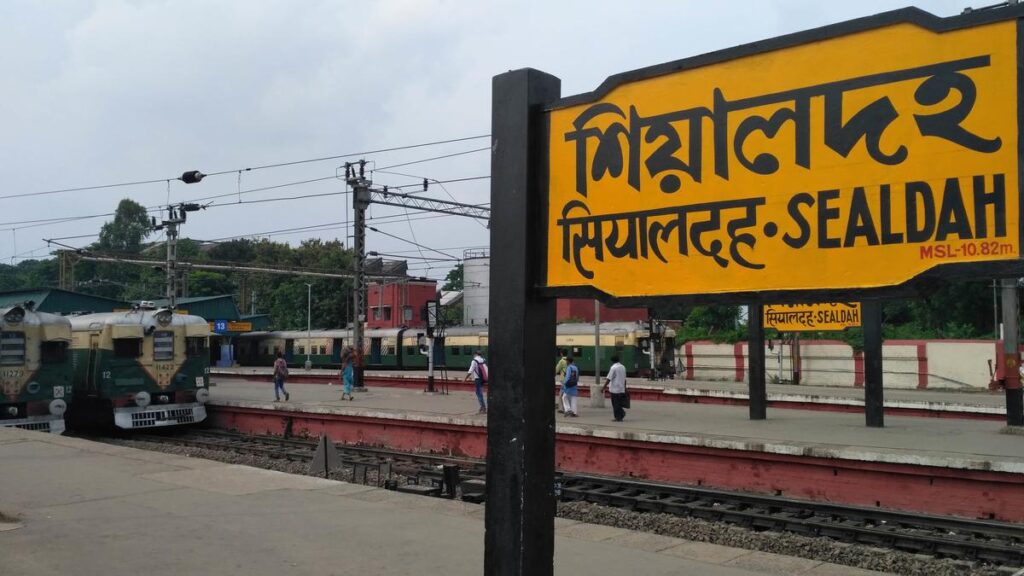
Sealdah Junction is a bustling railway station in India and one of the main stops on the Kolkata train line. It is among the busiest suburban train terminals and the second biggest railway station in India.
The public was first introduced to the junction in 1869. Before 1978, there were three station terminals at Sealdah: Sealdah North, Sealdah Main, and Sealdah South. Sealdah station was the station terminal.
The station has thirteen platforms, and emerging tracks may be found at the junction’s north and south sections. The track for main and long route line trains is thought to be Sealdah Main Junction.
Highlights:
| Platforms available in the station | 21 |
| Code of the station | SDAH |
| Location Of The Station | Kolkata, West Bengal, India |
| Launched in the Year | 1869 |
Chhatrapati Shivaji Railway Terminus:
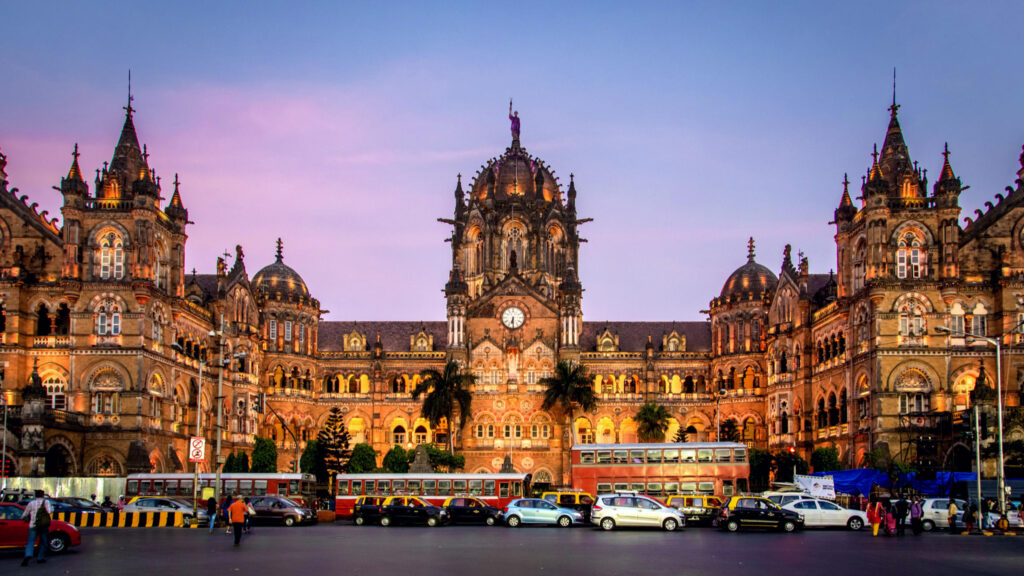
The station was designed by Frederik William Stevens, with construction beginning in 1878 and ending in 1887. For Queen Victoria, the station was designated as lucky. After the great leader Shiva Ji, the junction was called Chhatrapati Shivaji Terminus in March 1996. Shivaji Terminal is a well-known landmark and the city’s main draw. He was the warrior king of the 17th century. The junction is India’s busiest railway station.
Highlights:
| Platforms available in the station | 18 |
| Code of the station | CSTM |
| Location Of The Station | Mumbai, Maharashtra, India |
| Launched in the Year | 1887 |
Also Read: Top 5 Richest States in India
New Delhi Railway station
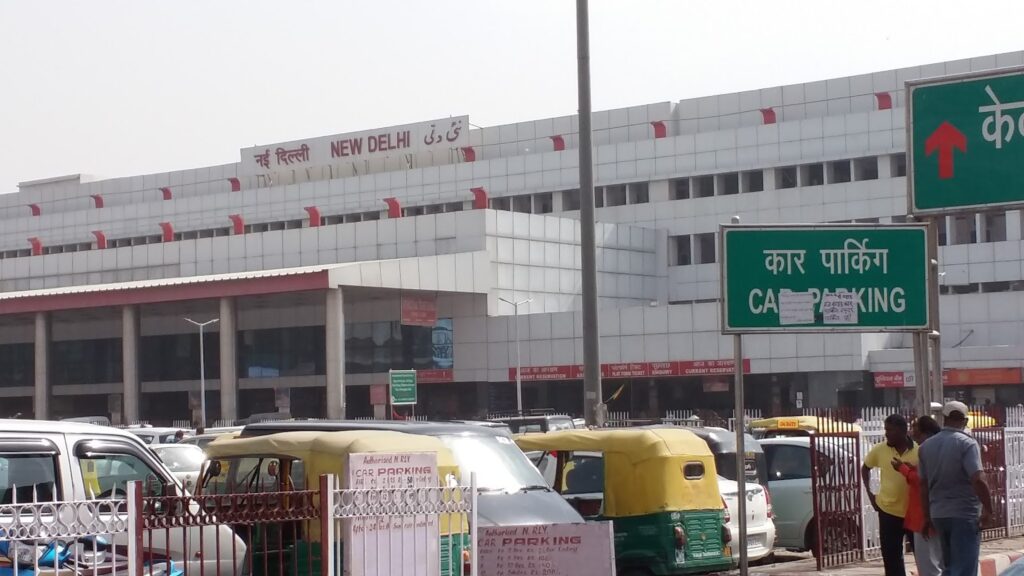
The central hub of Delhi City is the New Delhi Railway station. The famous Connaught Place is about 2 km from the station, located at Platform 1 in Paharganj and Platform 16 in Ajmeri Gate.
This location is the busiest regarding the frequency of incoming and departing trains and passenger movements. When the New Delhi main station opened in 1956, it had just one platform. By 1980, there were seven platforms. Following that, ten platforms later, in 1995. Eventually, there were sixteen platforms in 2010.
Highlights:
| Platforms available in the station | 16 |
| Code of the station | NDLS |
| Location Of The Station | New delhi, India |
| Launched in the Year | 1926 |
Chennai Central Railway Stations:
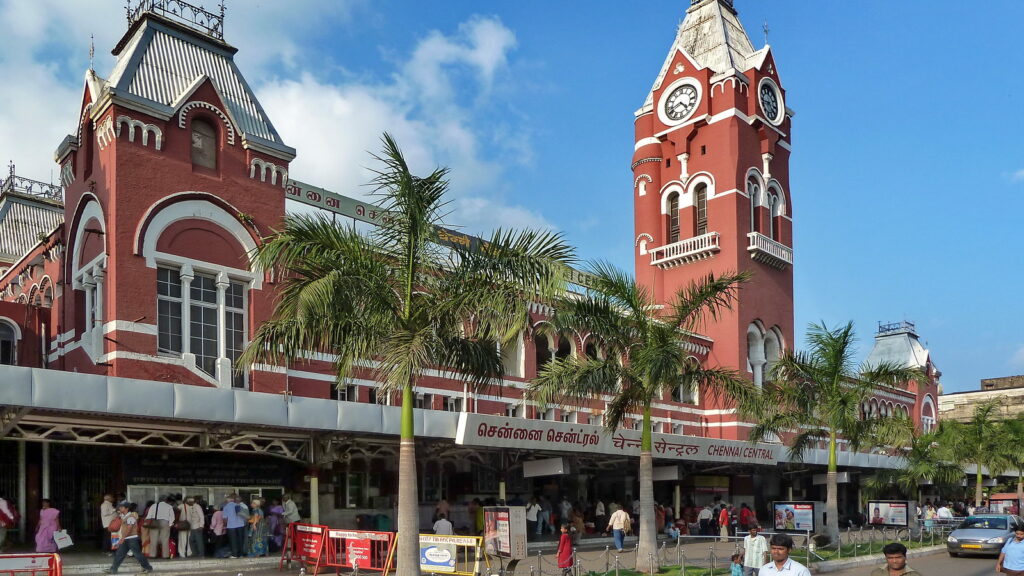
George Harding designed the architecture; the station is a major hub for Chennai’s suburban railways. It is a landmark for Chennai and one of the busiest railway stations in South India. The junction also acts as the gateway to South India and is the biggest railway station in India (south). Two renamings of the station were made. Every day, the railway station is used by over 550,000 passengers.
Highlights:
| Platforms available in the station | 17 |
| Code of the station | MAS |
| Location Of The Station | Chennai, Tamil Nadu, India |
| Launched in the Year | 1873 |
Gorakhpur Railway Station
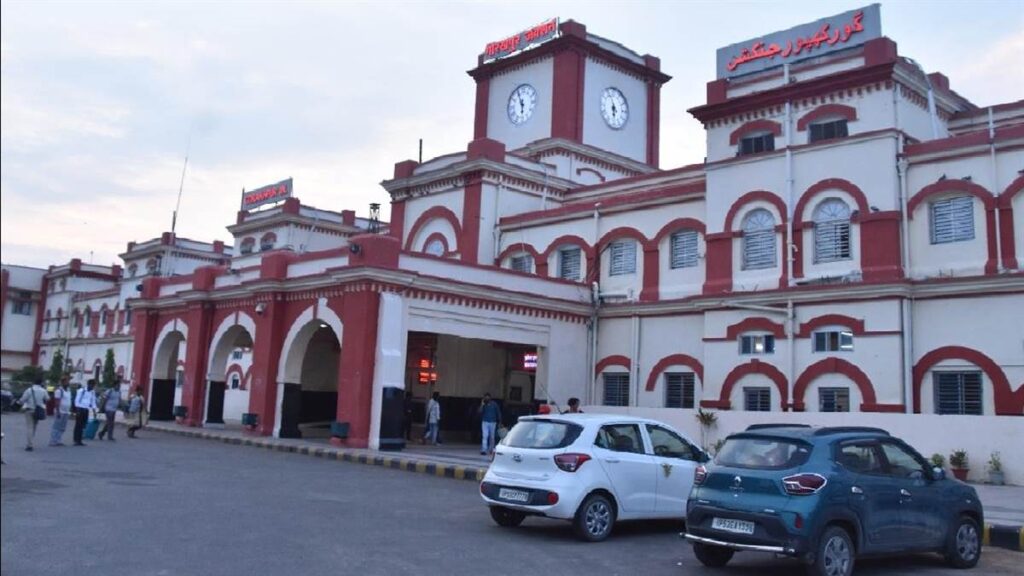
Being the second-longest railway platform in the world, Gorakhpur railway station serves as the primary hub for trains and railroad tracks in northern India. This railway station is significant in the state of Uttar Pradesh, particularly in the Purvanchal area. With a platform measuring 1366.33 meters with an automated supporting ramp and 1366.40 meters without one, Gorakhpur is the second-longest railway station in the world.
Highlights:
| Platforms available in the station | 10 |
| Code of the station | GKP |
| Location Of The Station | Gorakhpur, Uttar Pradesh, India |
| Launched in the Year | 1930 |
Also Read: Biggest Mall in Gurgaon
Kanpur Railway Station:
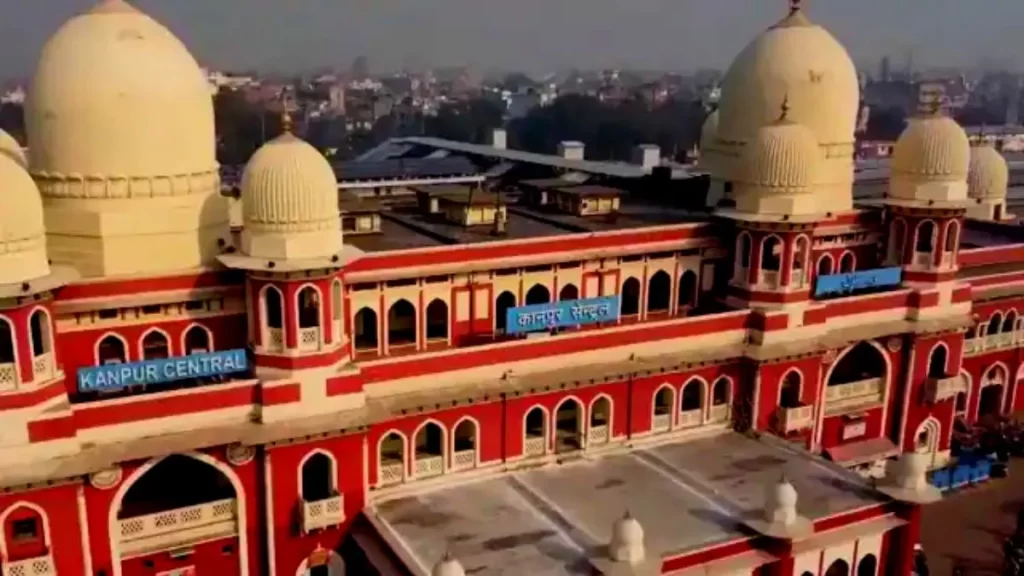
The Kanpur railway station is one of the five central railway stations and the city’s main intersection. All trains that travel through the junction, including general class and premium trains, stop here. The intersection is the third busiest railway station after Howrah and New Delhi. The railway station serves the Kanpur city region and is an important commuter railway station. About 280,000 trains pass by the intersection daily, making it the source of the biggest traffic jams caused by trains.
Highlights:
| Platforms available in the station | 10 |
| Code of the station | CNB |
| Location Of The Station | Kanpur, India |
| Launched in the Year | 1930 |
Vijayawada Railway Station in Andhra Pradesh
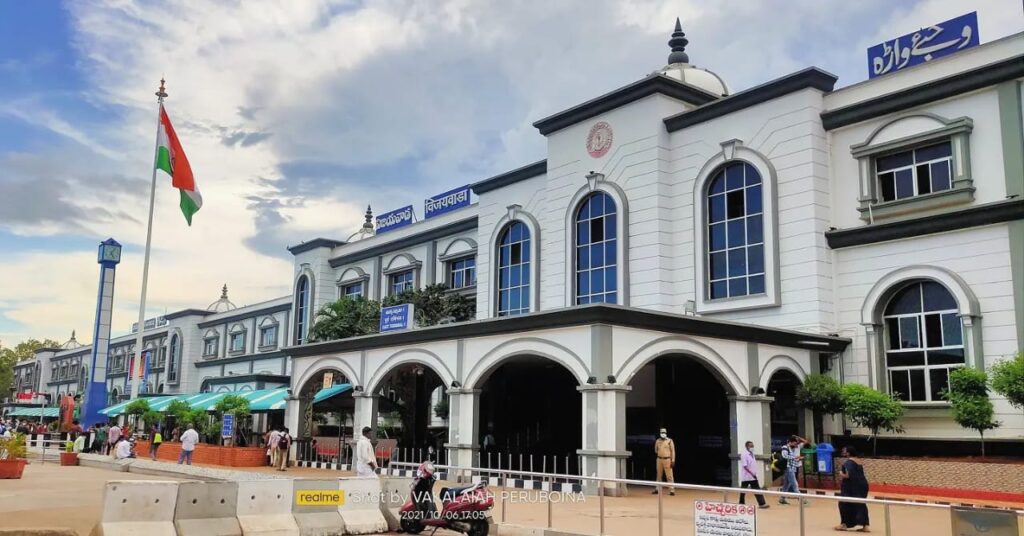
The fourth busiest railway station is the one known as Vijayawada Station. It was built in 1888 and located at the intersection of Howrah-Chennai and New Delhi Chennai. Approximately 190 express and 170 cargo trains, along with 1.40 lakh people, are served daily by it. The station built the broad gauge rail between Chennai and Vijayawada in November 1899. With its ten platforms, Vijayawada Junction has a standard structure.
Highlights:
| Platforms available in the station | 10 |
| Code of the station | BZA |
| Location Of The Station | Vijayawada, Andhra Pradesh |
| Launched in the Year | 1888 |
Kalyan Railway Station
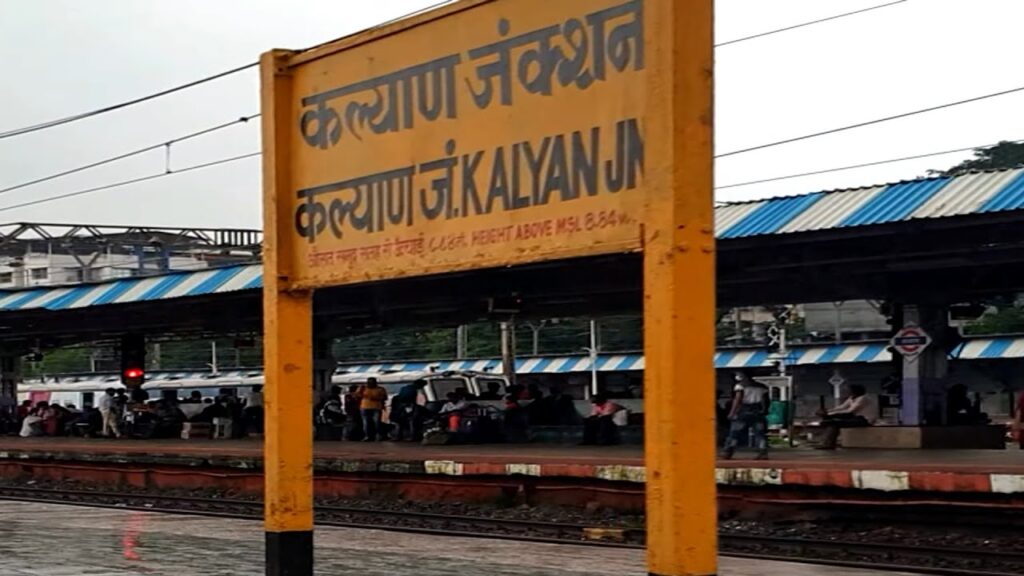
It is the busiest railway station and the main station on Mumbai’s central line. It is located where the suburban Mumbai division’s northeast and southeast lines converge. The Kalyan project is one of the oldest railroad stops. It was listed in the Pink Book in 2010. The Kalyan junction has seven platforms.
Highlights:
| Platforms available in the station | 7 |
| Code of the station | KYN |
| Location Of The Station | Kalyan, Maharashtra, India |
| Launched in the Year | 1854 |
Bottom Line:
The above-mentioned biggest railway junction in india list is a perfect guide for people who would visit railway stations very often. When going to different states or places, make sure to learn about the station and the train’s status.
Also Read: Top 10 Richest Temples in India
FAQs on biggest Railway Station
Which South Indian railway station is the busiest?
The city famous for its knowledge and culture has Chennai Central Railway Station, the busiest South Indian railway station.
Which railway station in India is the largest?
The biggest railway station in India is called Howrah Junction Railway Station. The station is in West Bengal’s Kolkata, which is famous for the Howrah Bridge.
How Many Platforms Are Available at the Chennai Central Railway Station?
Chennai Central Railway Station has 17 platforms. Daily 200 trains will arrive and depart here.
Also Read: Top 25 Most Beautiful And Hottest Hollywood Actresses



